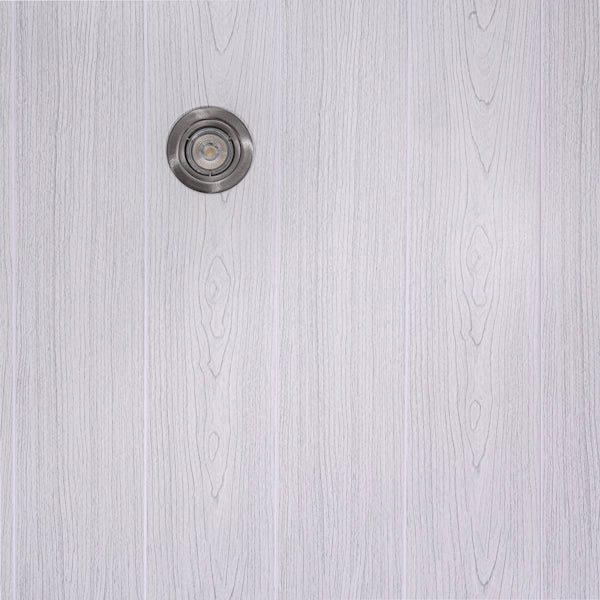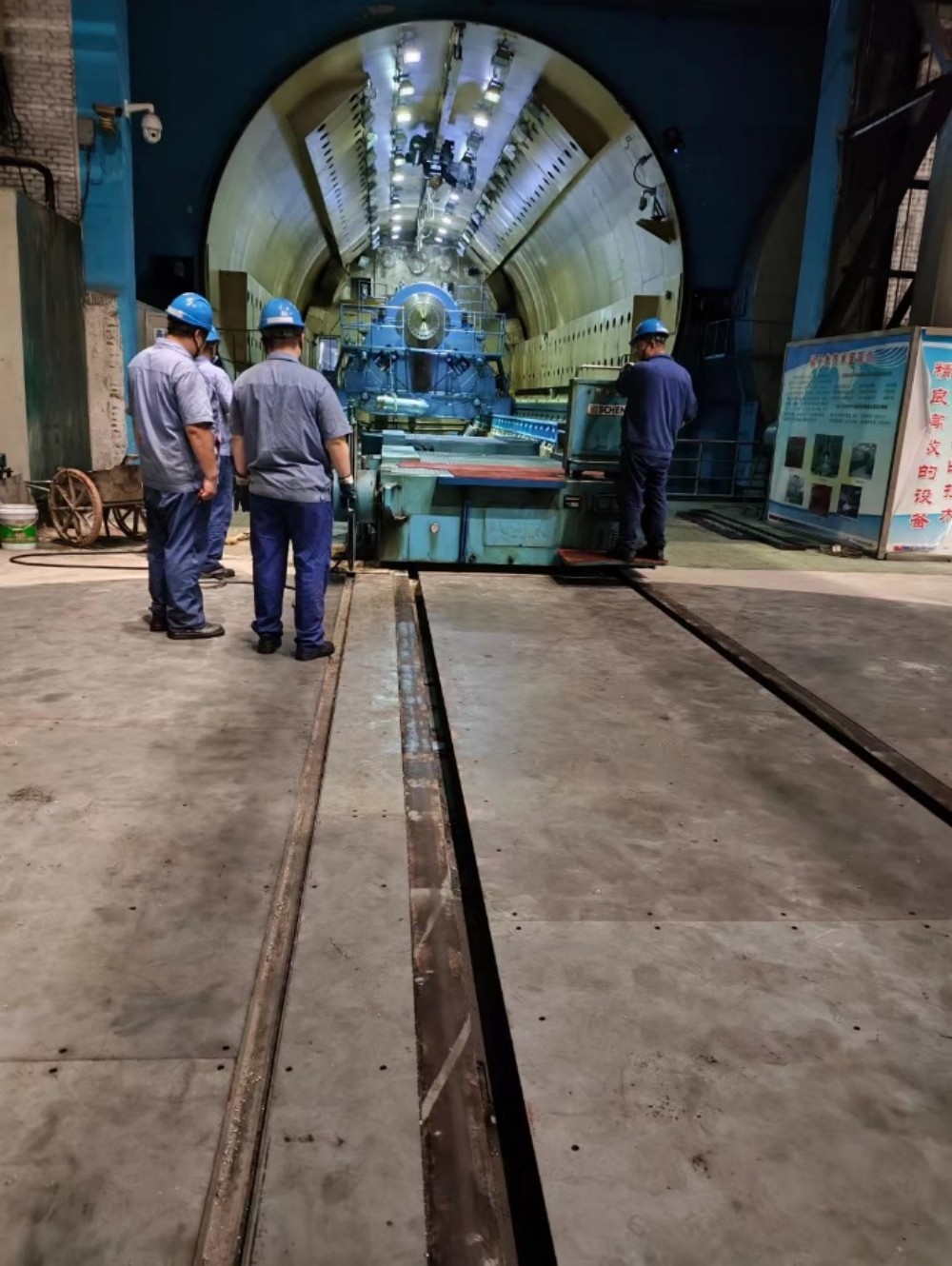When it comes to painting PVC, choosing the right type of paint is crucial for achieving a long-lasting and visually appealing finish. In this comprehensive guide, we will delve into the world of PVC painting and explore the various paint options available. From understanding the unique properties of PVC to identifying the most suitable paint types, this article aims to provide you with expert insights and practical advice.
- Understanding PVC:
Polyvinyl chloride (PVC) is a versatile synthetic material widely used in various industries, including construction, automotive, and manufacturing. Known for its durability, flexibility, and resistance to moisture and chemicals, PVC has become a popular choice for a wide range of applications. However, painting PVC requires careful consideration due to its smooth and non-porous surface. - Challenges in Painting PVC:
Before diving into the suitable paint options, it's essential to address the challenges associated with painting PVC. The smooth surface of PVC makes it difficult for paint to adhere properly, leading to issues such as peeling, cracking, or poor adhesion. Additionally, PVC is prone to expansion and contraction due to temperature changes, which can further impact the paint's durability. - Recommended Paint Types for PVC:
a. Acrylic Paints: Acrylic paints are a popular choice for painting PVC due to their excellent adhesion and flexibility. They form a strong bond with the PVC surface, ensuring long-lasting results. Look for acrylic paints specifically formulated for use on plastics or PVC.
b. Vinyl-Specific Paints: Vinyl-specific paints are designed to adhere to vinyl and PVC surfaces effectively. These paints contain special additives that enhance adhesion and flexibility, making them an ideal choice for painting PVC.
c. Epoxy Paints: Epoxy paints offer exceptional durability and chemical resistance, making them suitable for demanding PVC applications. However, they require careful surface preparation and may have a longer drying time.
d. Spray Paints: Spray paints, especially those formulated for plastics, can provide a smooth and even finish on PVC surfaces. They are convenient to use and allow for easy application on intricate or hard-to-reach areas.
- Surface Preparation:
To ensure optimal paint adhesion, proper surface preparation is crucial. Thoroughly clean the PVC surface using a mild detergent to remove any dirt, grease, or contaminants. Lightly sand the surface to create a slightly rough texture, which helps the paint adhere better. Finally, wipe the surface clean and ensure it is completely dry before applying the paint. - Application Techniques:
When painting PVC, it is recommended to apply multiple thin coats rather than a single thick coat. This approach allows each layer to dry and bond properly, resulting in a more durable finish. Follow the manufacturer's instructions regarding drying times and recoating intervals for the chosen paint type.
Conclusion:
Choosing the right paint for PVC is essential to achieve a high-quality and long-lasting finish. By understanding the unique properties of PVC and selecting suitable paint types such as acrylic, vinyl-specific, epoxy, or spray paints, you can ensure excellent adhesion and durability. Remember to properly prepare the PVC surface and apply multiple thin coats for optimal results. With the information provided in this comprehensive guide, you are now equipped to tackle your next PVC painting project with confidence.




More Stories
The Versatility of Fiberglass Woven Cloth in Industrial Applications
Top Benefits of Installing Industrial Fire Doors in High-Risk Environments
Why H20 Beams Are Essential for Large-Scale Construction and Infrastructure Projects